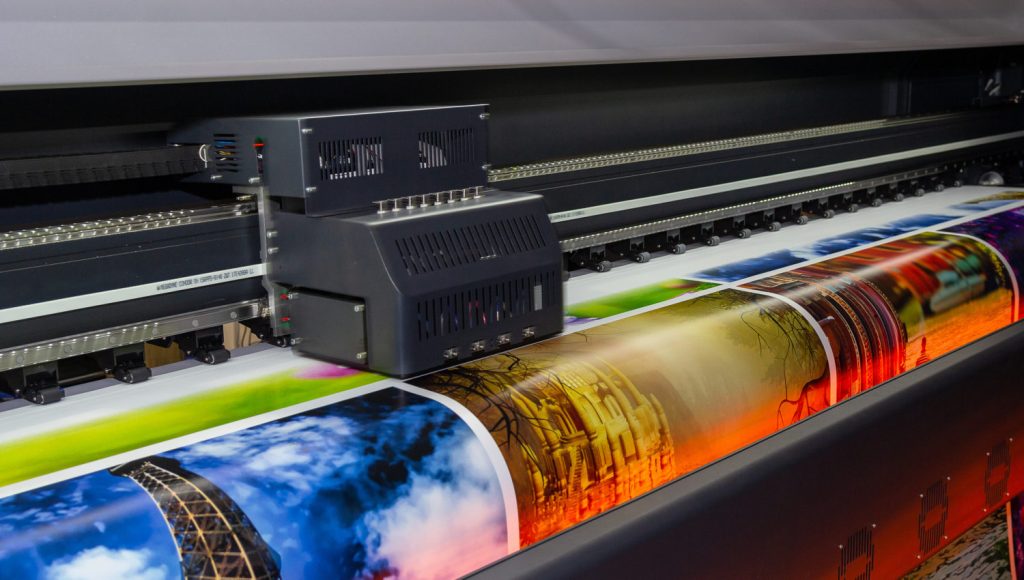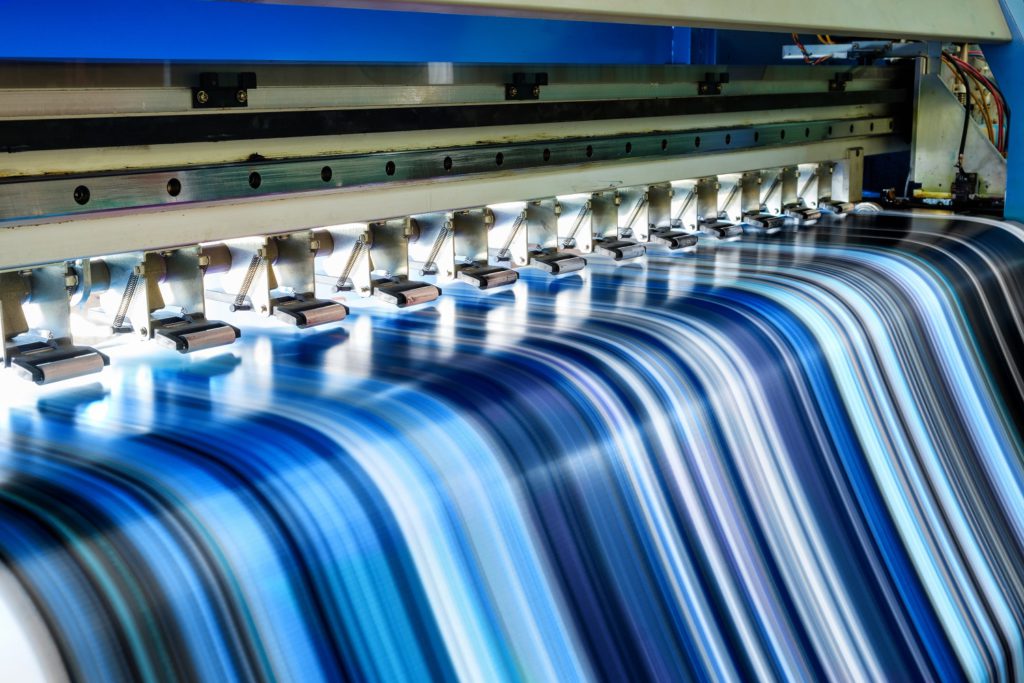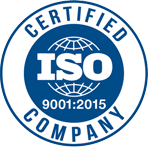blog
SAP Manufacturing Execution System (MES) for the Printing Industry

In the past two decades we have been watching drastic changes to the printing manufacturing process in response to rapid technology developments.
Processes of manufacturing in the printing industry are complex, with low profits due to intensive competition in the industry. Therefore, in order for manufacturers to be profitable they must optimize the supply chain and implement lean management methods.
The SAP Manufacturing Execution System (MES) can provide high value solutions specific to the needs of the printing industry, especially when SAP ECC or S/4HANA is used.
SAP MES helps to:
- Implement customer-focused lean management
- Improve utilization of production assets
- Improve product quality
- Reduce unexpected downtime
- Streamline production processes
- Reduce resource wastage
- Achieve your financial goals which heavily relies on effective resource utilization
- Get the most from your employees and machines
- Get intelligent insights and complete visibility of lost time
- Use technology to automate data collection, optimize work flow by seamlessly connecting planning/ production activities, and help maintain your competitive advantage
Basically, the SAP Manufacturing Execution System (MES) – provides the right information at the right time and helps to Plan – Track – Automate – Analyze – Optimize

Below are some of the key benefits SAP MES provides to the printing Industry:
- 1. Cost of paper:
Fluctuation in paper prices is a major cost criterion in printing profitability.
MES integrated with ERP can reveal the yield per square meter of different paper grades, and calculate if the total cost of printing a dearer paper stock is cheaper per unit area.
2. Reduced Waste:
We know that printing is inherently wasteful; waste at printers and carbon emissions is a matter of concern in printing industry. They also have to battle defects, obstacles in transportation, waiting time, processing and inventory management. But with the help of lean methods and implementation of SAP MES, printing companies can expect benefits including reduced human effort; perfect use of time; proper capital investment; reduced raw material requirements, etc.
3. Productivity is among the priorities for print:
In a low margin industry squeezed by competition, digital media and paper costs, every page counts.
So, interfacing the job visualization software with rigorous job categorization of MES can help printers to maximize every minute of each shift, and allows the analysis like ink yields per job.
4.Labor management
MES enables to easily manage people, products, and operations and track the skills or authorizations operators may require. This ensures that companies always have the right people in place at each step of the printing process.
Data-rich reports from MES, helps management to determine which workers thrive at each station, allowing to optimize certain operator/station combinations to get the best lift. It also points out where the bottlenecks occur, allowing management to place top performers where they’re needed most.
Future of print vs digital:
It looks like printing is gradually shifting to digital media, and will continue to do so because of environmental pressure. Still, some believe that printing will always have a place in the future and digital transformation of the printing operations will help to make it more profitable if it can reduce the carbon footprints.
The traditional shop floor printing management system is no longer sufficient to drive operational excellence for the printing Industry. The principles of SAP MES system work great for a traditional printing company that moves towards Digital transformation.
RTS Consulting- Automation’s experienced professionals help you achieve your goals and support your smooth Digital Transition towards Industry 4.0 to increase your Production Performance.
Have a question or a project? TALK to our experts.
